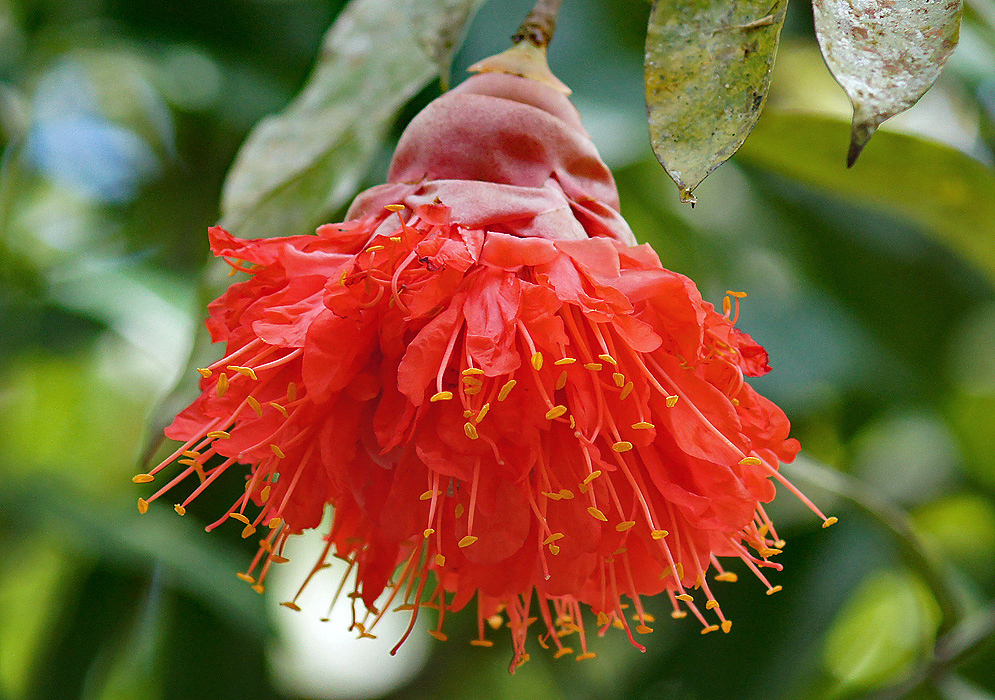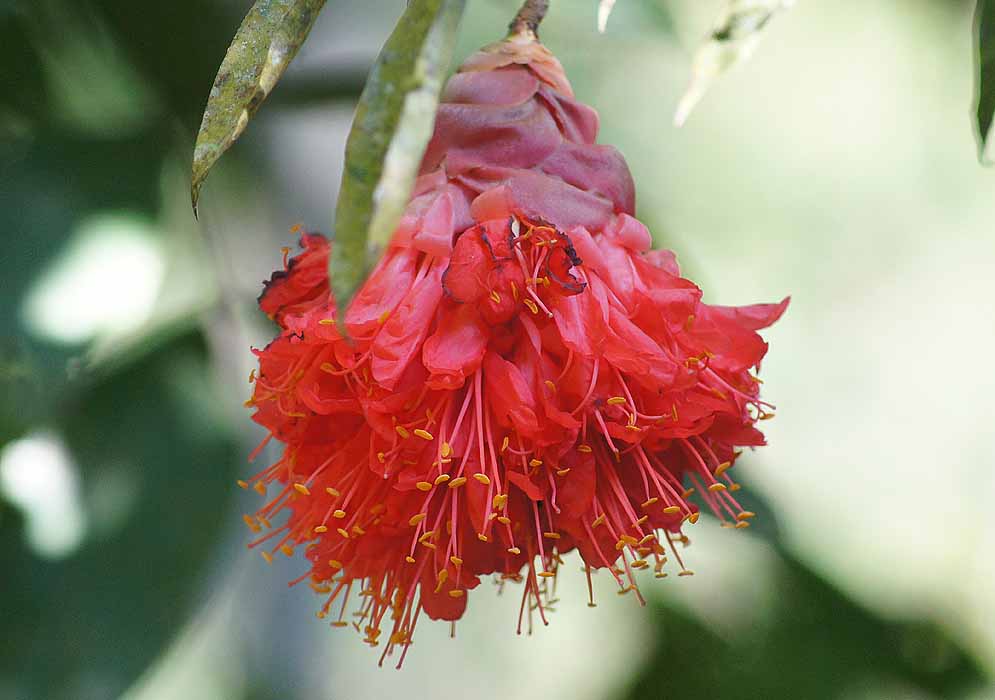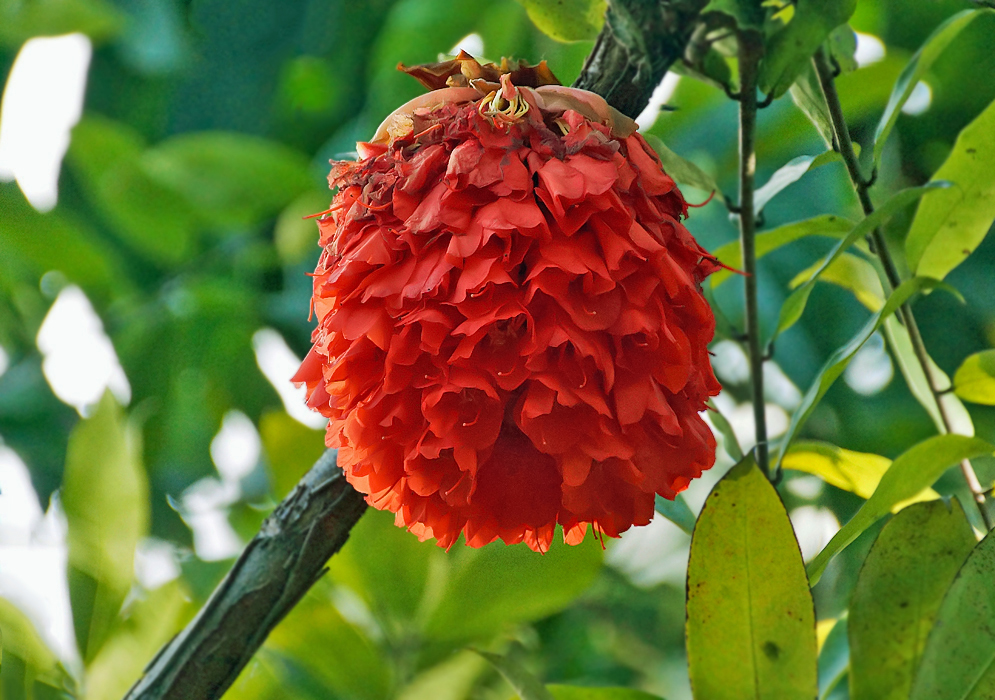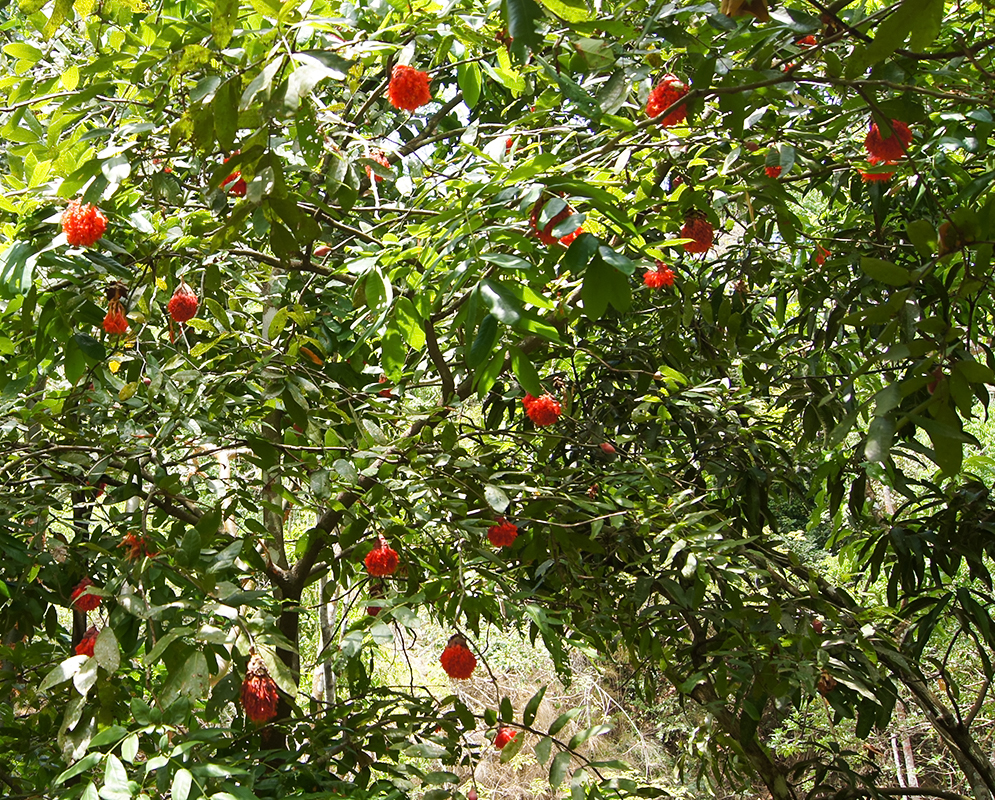This post has 11 Simple Fields-fields attached. Show fields.

Hailing from the tropical regions of Central and South America, below 4,000 feet in elevation, particularly Brazil, Ecuador, Colombia, Venezuela, and Guyana, the tree known as the Rose of Venezuela thrives as an understory asset to the Amazon rainforest, frequently enveloped in dense primary growth. Its habit of flourishing under the canopy renders it a slow-growing tree, ascending to a modest height of around 7 meters. Historical and ethnobotanical narratives unveil a medicinal facet to this tree. The tradition of infusing its dried flowers to combat dysentery has been noted. Additionally, in Ecuador, a concoction birthed from boiling its leaves, bark, and flowers has historically served as a contraceptive. The scope of its medicinal utility stretches to Venezuelan folk medicine, where its flowers are utilized as an anti-hemorrhagic for women grappling with heavy menstrual blood loss. Furthermore, intriguing research hints at its potential in mitigating radiation-induced enteritis in rats, spotlighting the radioprotective essence of its leaves. The bark also holds a potent haemostatic property, further enriching its medicinal profile. Photographed in the Sierra Nevada de Santa Marta, Colombia.









